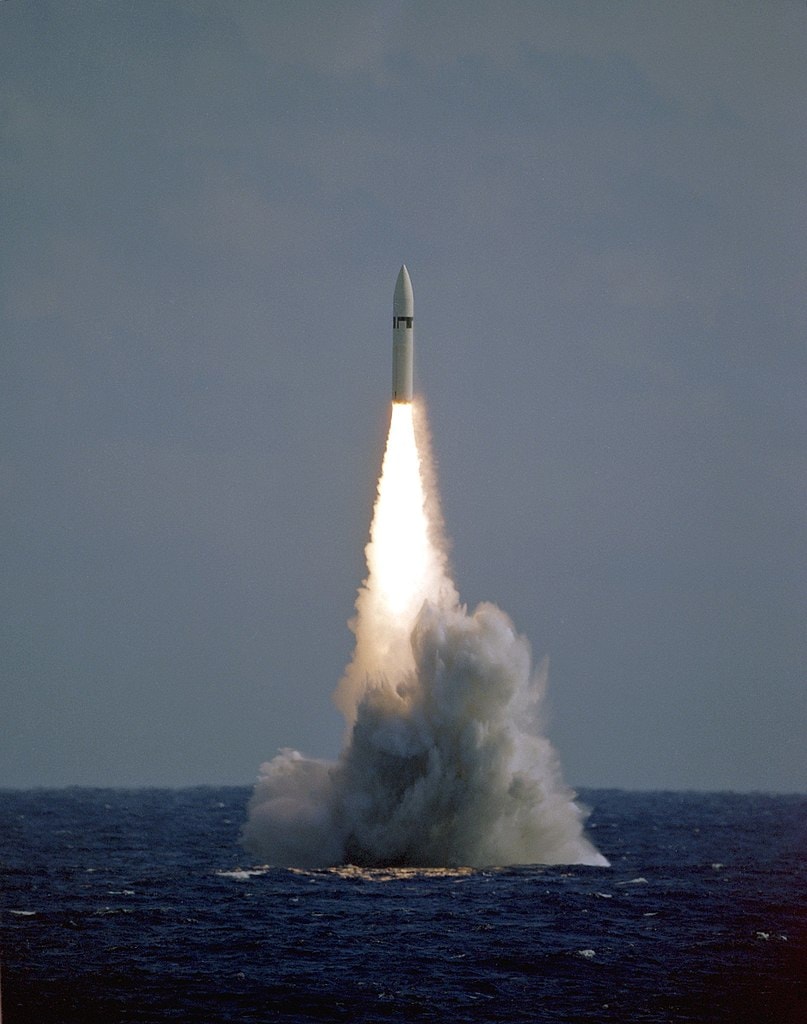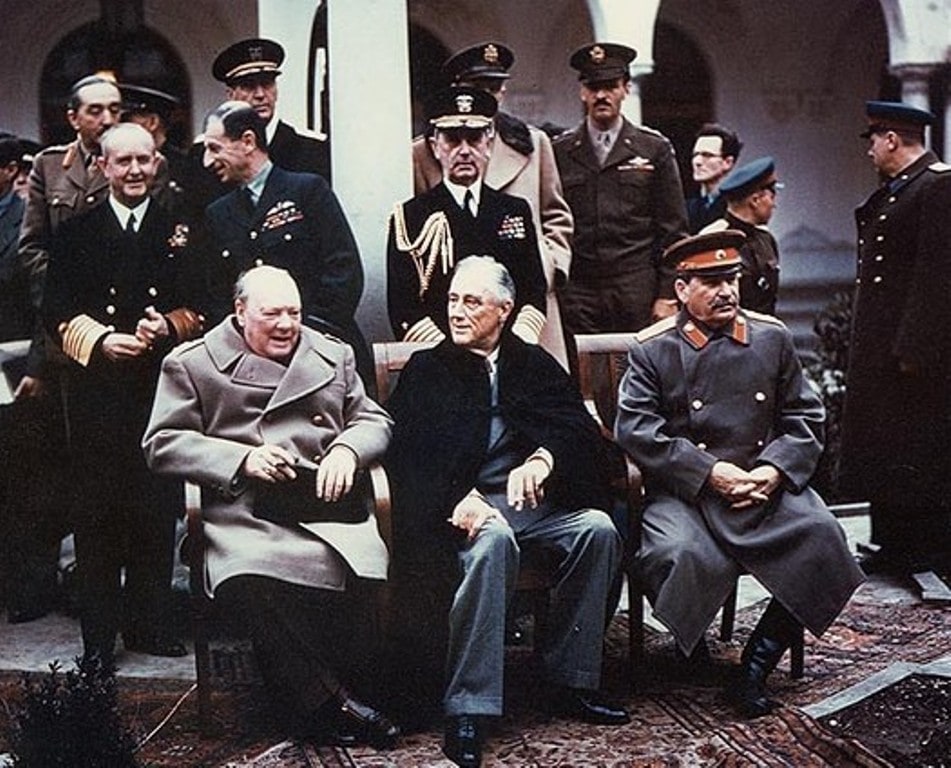After World War II, the United States and the Soviet Union emerged as the world’s two superpowers. The British Empire steadily declined, in both size and influence in world affairs. For a time, the United States maintained a monopoly on atomic weapons. That ended when the Soviets detonated their first atomic bomb in August, 1949. Both superpowers expanded their nuclear arsenals in the 1950s and 1960s. The prevalence of warheads delivered by airplanes was joined by those delivered by artillery, launched from submarines, and by growing arsenals of intercontinental ballistic missiles. The concept of MAD emerged between the superpowers, an acronym which stood for Mutual Assured Destruction. The idea of a shooting war between the superpowers was countered by the belief the two sides would destroy each other, as well as most of the world. MAD helped preserve the peace.

ADVERTISEMENT - CONTINUE READING BELOW
Though there was little peace to preserve. The period of the Cold War contained scores of wars, including in Korea and Vietnam, with the weapons of Soviet and American design, and those of their allies, deployed by the combatants. The casualties of those proxy wars are not a consideration here. Instead, the forgotten casualties of the Cold War, from the military’s vigilant watches and patrols, from those who did not make it through the accidents, and from the civilian populations are described here. Many perished because of espionage, covert actions, government-supported coups and the suppression of resistance to Soviet puppet governments in Eastern Europe and elsewhere. Here are some of the forgotten casualties of the Cold War, suffered on all sides of that three and a half decades conflict.

ADVERTISEMENT - CONTINUE READING BELOW
1. The Cold War began in post-war Eastern Europe
With the end of the fighting in World War II, most of Eastern Europe was occupied by the armies of the Soviet Union. Though Stalin had agreed to allow the development of democratic governments in those areas at Yalta and Potsdam, the Soviets installed puppet governments supportive of Moscow. Albania, Bulgaria, Poland, Romania, Czechoslovakia, Hungary, and the Soviet occupation zone of Germany all became Soviet-style governments. Soviet-style governments and law required Soviet-style secret police, along the lines of the Peoples Commissariat for Internal Affairs, known in the west as the NKVD. The head of NKVD, Lavrentiy Beria, installed and trained corresponding secret police forces in the new Eastern Bloc countries. Their first mission was the identification, isolation, suppression, and elimination of dissenters who opposed Stalin’s plans and policies.
During World War II Beria had supervised the Katyn Massacres, in which 22,000 Polish military officers and other intelligentsia were executed. His NKVD conducted purges of the Russian military during the war. In immediate post-war Europe, Beria established NKVD-like agencies in the occupied countries. Exactly how many deaths can be assigned to Beria is virtually impossible to assess. He was Stalin’s favorite executioner for decades, and after the dictator’s death, Beria consolidated his power until he was deposed in a coup. The “Iron Curtain” which Churchill described descending on Europe was Stalin’s doing, but it was Beria who implemented the policies which made it work. Suppression of dissent through torture and the like became a way of life in Eastern Europe, a policy enforced by the secret police forces established by Beria. Many former Gestapo officers found employment within Beria’s organizations.

